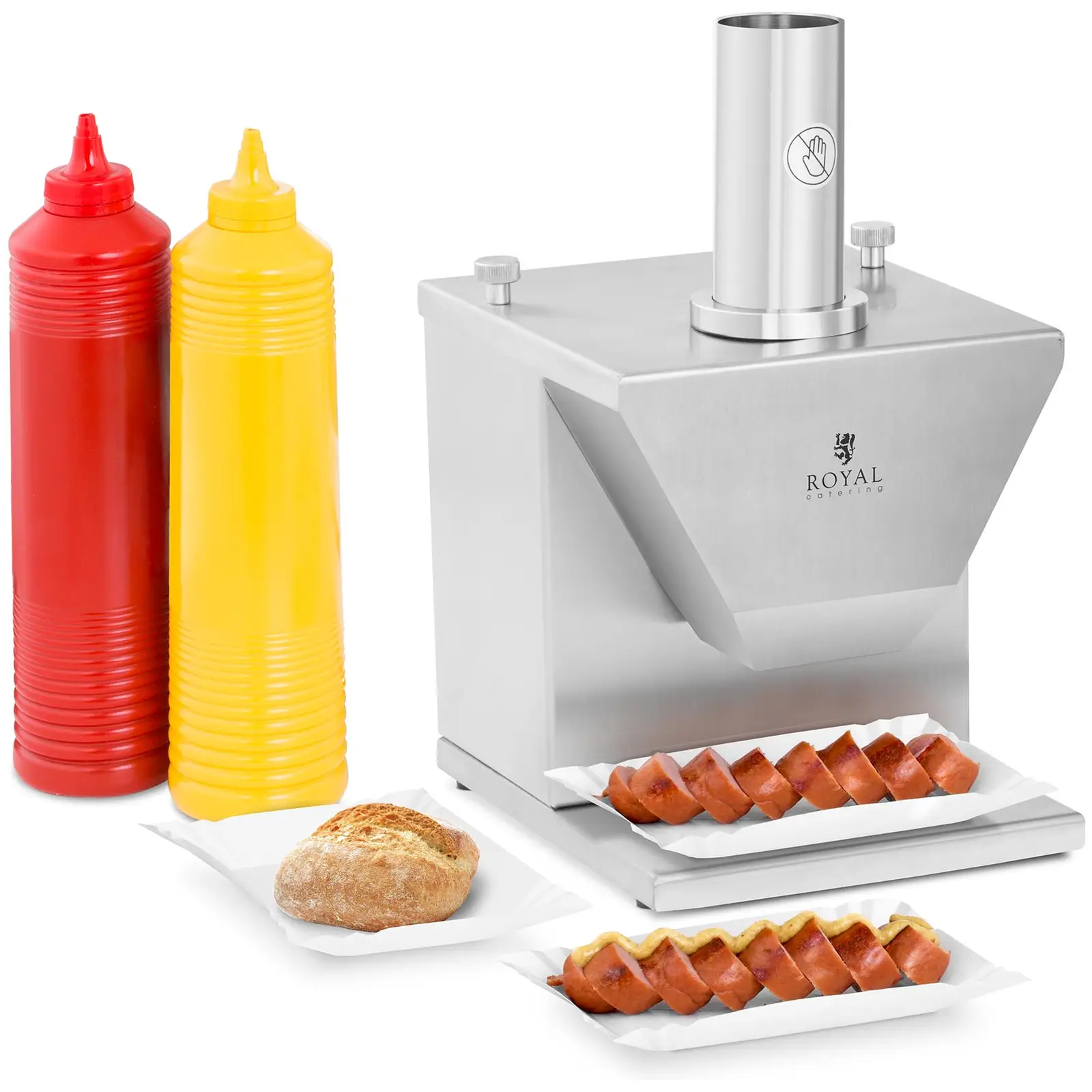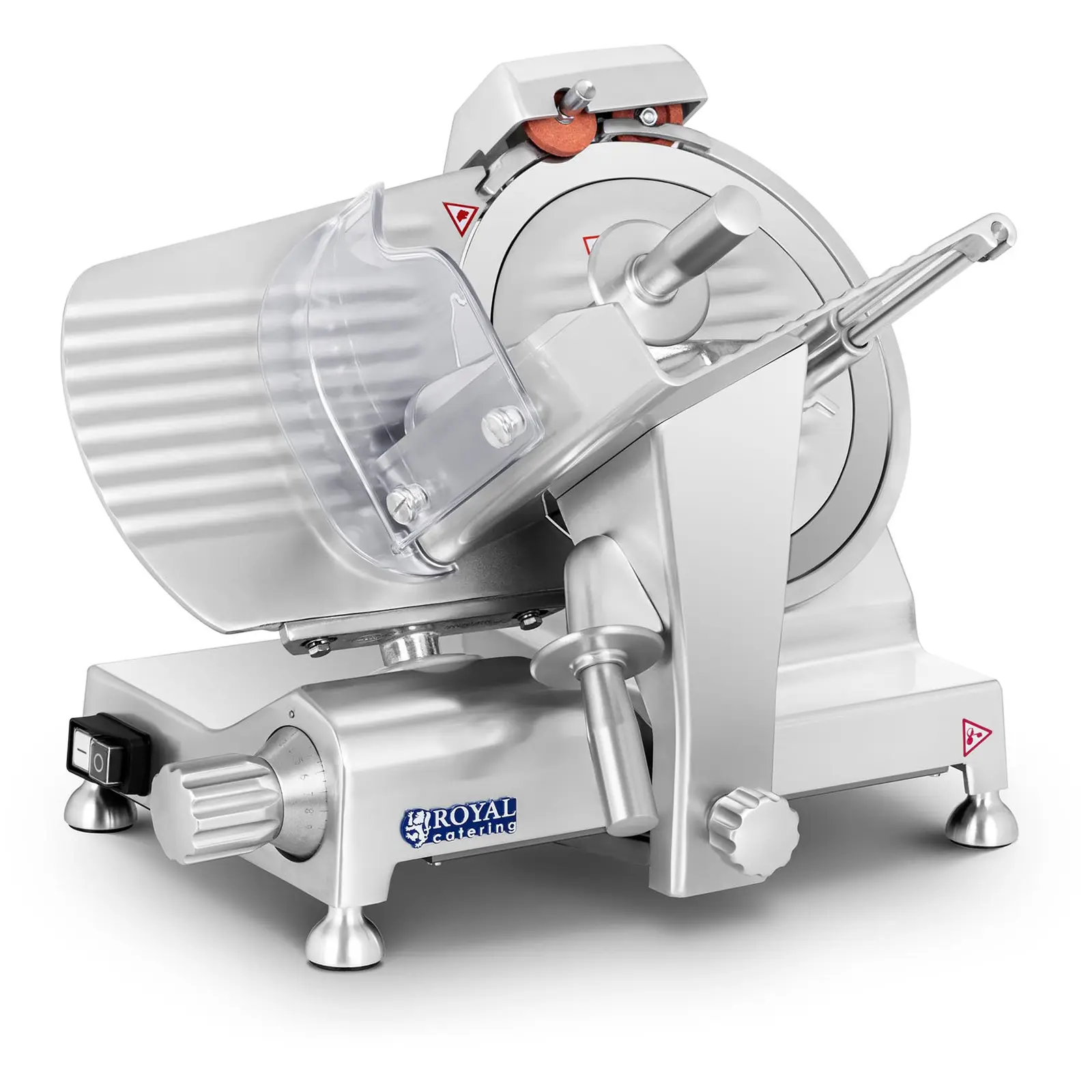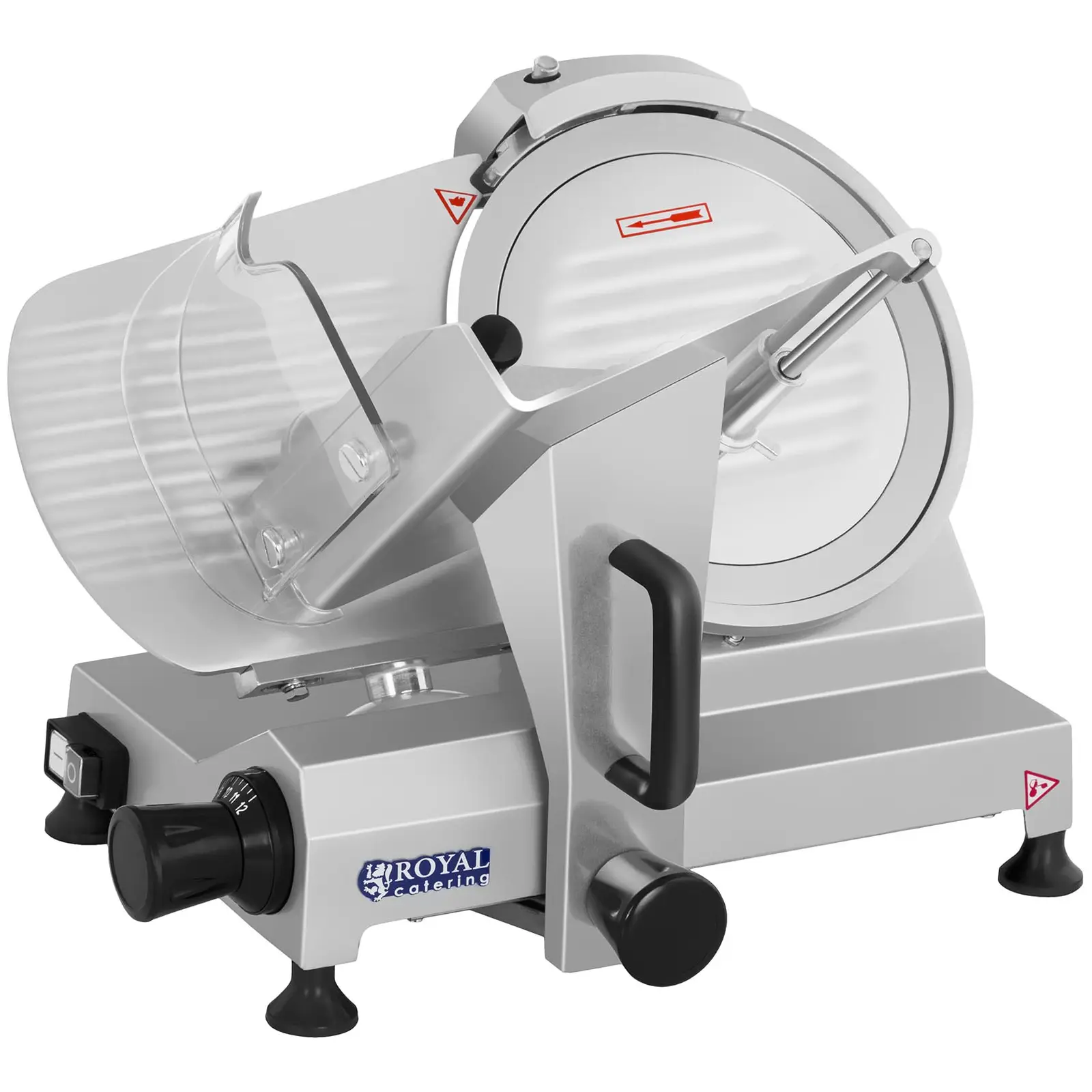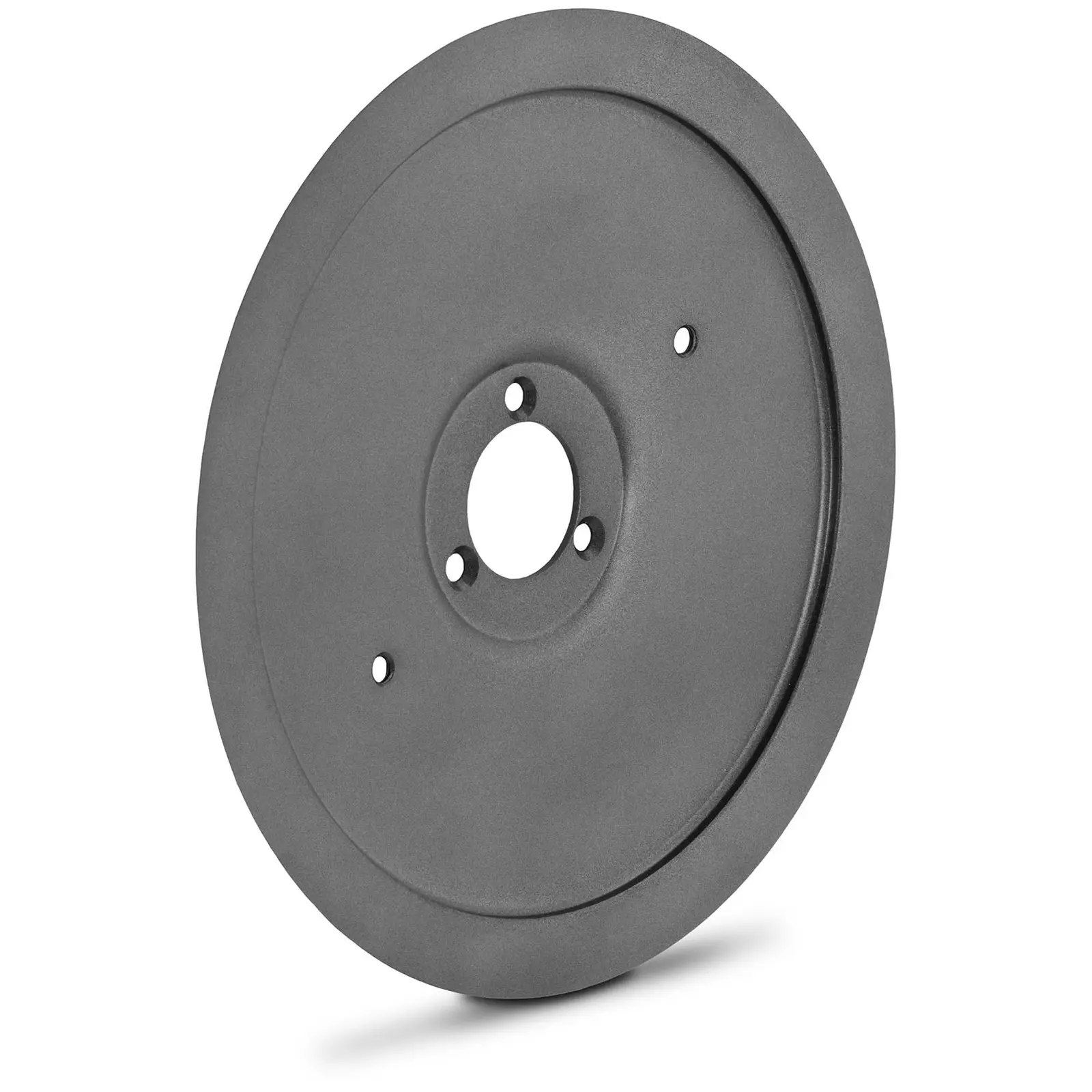Cold cuts are frequent guests on our tables. They are a tasty addition to sandwiches, salads, and lunch dishes. But how to store them in the refrigerator so that they're fresh and tasty for as long as possible? In this article, we will share some practical tips that will help you avoid food waste and enjoy the delicious taste of cold meats for a longer time.

Cold cuts are frequent guests on our tables. They are a tasty addition to sandwiches, salads, and lunch dishes. But how to store them in the refrigerator so that they’re fresh and tasty for as long as possible? In this article, we will share some practical tips that will help you avoid food waste and enjoy the delicious taste of cold meats for a longer time.
Rules for storing cold cuts in the refrigerator
Proper storage of cold cuts is a key element in ensuring the long-term freshness, taste, and safety of consumed food. Appropriate care for the conditions in which we store cold meats affects several important aspects:
Maintaining quality and nutritional value
Meats, like other food products, contain nutrients important for our health. Improper storage may lead to the loss of these values, for example by oxidation of fats, which reduces the nutritional value and worsens the taste and smell of the products.
Extending the shelf life of cold cuts
Proper storage in the refrigerator prevents cold cuts from spoiling quickly. Bacteria, which are the main cause of food spoilage, grow more slowly at low temperatures. Thanks to this, cold cuts can stay fresh and safe to eat for a longer time.
Protection against loss of taste and smell
Cold cuts, especially high-quality ones, are characterized by refined taste and aroma. Improper storage may lead to their loss, for example by absorbing odors from other products stored in the refrigerator. Appropriate storage conditions help maintain the original flavor profile of meats.
Reducing food waste
By preventing products from spoiling quickly, proper storage of cold cuts also helps to reduce food waste. This is important from both an economic and ecological perspective.
Security
Proper storage of food is necessary to ensure consumer safety. Knowing how and where to store different types of meats can help you avoid the risks of food poisoning and other health problems.
How to store cold cuts in the fridge?
Cold cuts are a broad category of products that differ in composition, preparation method, and durability. From traditional homemade sausages to delicate, smoked hams – each type of meat requires a slightly different storage method to preserve its best qualities for as long as possible.
How to store homemade cold cuts?
Homemade cold cuts are produced according to traditional methods, often without the use of preservatives. They are characterized by intense taste and aroma.
Storage method: Homemade cold cuts are best stored in the cooler part of the refrigerator, at a temperature of about 0-4°C. It is recommended to place them in tightly closed containers or wrap them in baking paper to limit the access to air and moisture, which may accelerate the spoilage process.
How to store smoked cuts?
Smoking is one of the methods of preserving food. Smoked meat has a characteristic, smoky aroma and is usually more resistant to spoilage due to the presence of natural preservatives – phenolic compounds.
Storage method: Smoked cuts can be stored in the refrigerator in the original packaging or after repacking into airtight containers. The optimal temperature is 2-5°C. Some smoked meats can also be frozen.
Vacuum-packed cold cuts
These cold cuts are placed in special, hermetic packaging, which significantly extends their shelf life by eliminating oxygen, which is necessary for spoilage processes.
Storage method: Vacuum-packed cuts are best stored in their original packaging until opened. After opening, store them in an airtight container, preferring the lower parts of the refrigerator, where the temperature is more stable. The temperature in the refrigerator should be maintained between 0°C and 4°C, which prevents the growth of most bacteria and other microorganisms.
Sliced cold cuts
Sliced cuts are most susceptible to rapid spoilage due to the larger surface area that is in contact with air and microorganisms.
Storage method: Once the package has been opened, it is best to place the cuts in an airtight container or tightly wrap them in cling film. It is important to store it in the coolest part of the fridge, between 0°C and 4°C, and consume it within a few days.
-
Vacuum sealer – 90 W – 30 cm – 15-35 s – Royal Catering
99.00 €44.99 € -
Vacuum Packing Machine – 440 W – 31 cm – stainless steel
199.00 €189.00 € -
Vacuum Packing Machine – bag width: 31 cm – Royal Catering – 16 L/min – 0.9 bar 229.00 €
-
Vacuum Sealer – bag width: 26 cm – 77 l/min – 1 bar – Royal Catering 919.00 €
Storage matters – tips for keeping cold cuts fresh
Choosing the right container for storing cold cuts is crucial to maintaining their freshness, taste, and safety. Ideal containers should not only be practical but also provide optimal conditions for cold meats, minimizing the risk of spoilage and contamination:
Glass containers
Glass containers are an excellent choice because they do not absorb odors and are easy to clean. They are also environmentally friendly and do not negatively affect the taste of stored food. It is important to choose containers with airtight closures that will effectively limit the access to air.
Plastic containers
If you decide to use plastic containers, choose those made of materials safe for contact with food, such as polypropylene. It is important that these are reusable containers with tight lids that prevent the exchange of air and odors from the outside.
Food-grade silicone containers
Silicone food containers are becoming increasingly popular due to their durability and temperature resistance. They do not affect the taste of stored meats and are easy to clean. An additional advantage is their resistance to low temperatures, which allows them to also be used in the freezer.
Food foil and baking paper
Food foil and baking paper can be used to directly wrap cold cuts. These materials help protect the meats from drying out and contamination, and can then be placed in one of the containers mentioned above for additional protection.
How to store cold cuts in a restaurant?
Food service establishments, including restaurants, bars, and other places serving food, must follow strict rules to ensure customer safety and satisfaction. It is crucial to understand that different meats need different conditions, which requires the use of professional refrigerators and freezers, regular service, and temperature monitoring.
Products should be segregated to avoid cross-contamination and dedicated containers with clear labeling should be used. Hygiene and following cleaning procedures are essential to prevent the spread of bacteria.
Using a meat slicer allows you to effectively manage portions, reducing food waste.
It is important to regularly check the expiration dates and condition of products, as well as comply with sanitary regulations, which will guarantee high-quality products and customer satisfaction.
Storing cold cuts – questions and answers
Can all types of cold cuts be frozen?
Most cold cuts can be safely frozen, but products such as salami and ham can withstand the freezing process better than more delicate meats such as cooked hams or poultry meats. It is important to wrap the meat tightly before freezing, which will help preserve its flavor and texture.
How long can cold cuts be stored in the refrigerator?
The storage time of cold cuts in the refrigerator depends on its type and whether it is vacuum-packed. Vacuum-packed cuts can be stored longer, up to several weeks. Once opened from its original packaging, it is best to be consumed within 3-5 days.
How to recognize that cold cuts are no longer fresh?
The main signs of spoilage of cold cuts are an unpleasant odor, a change in color to green, gray, or other unusual shades, the presence of mucus, and an unpleasant taste. If there is any doubt about the freshness of the meat, it is best not to risk it and throw it away immediately.










Share